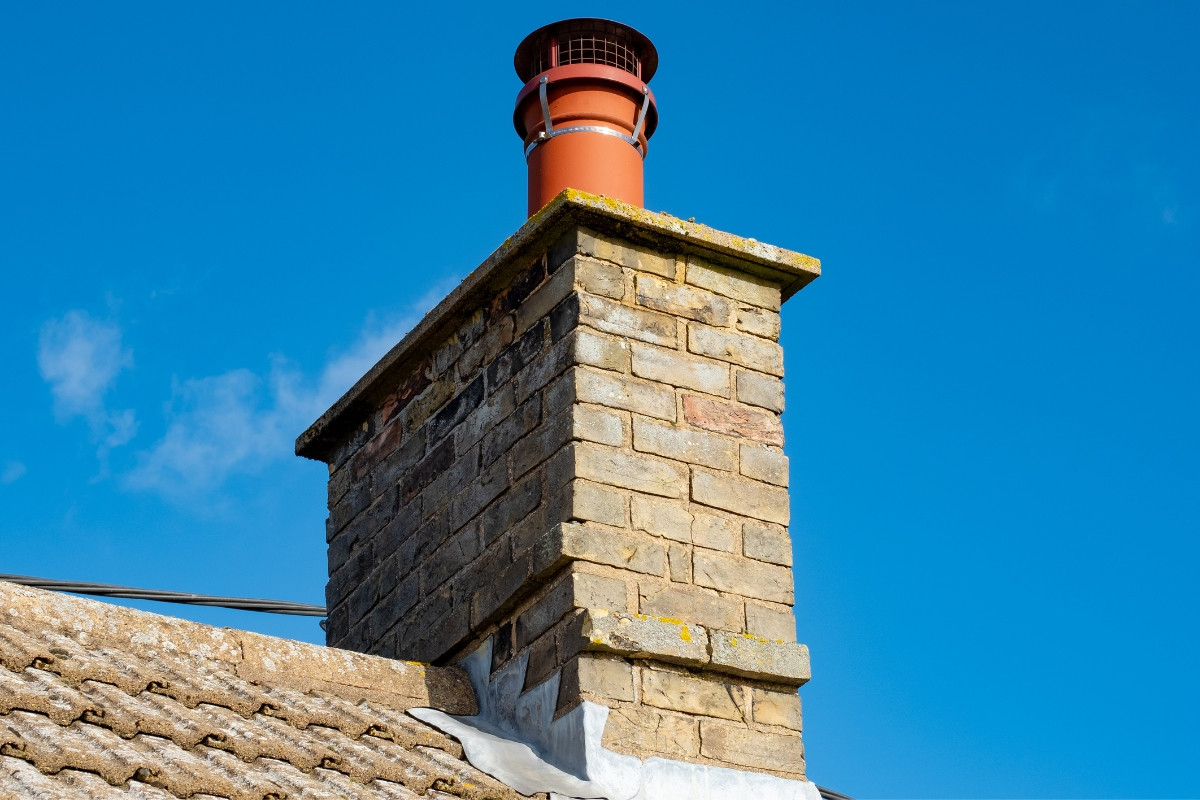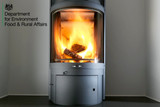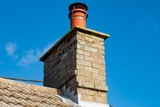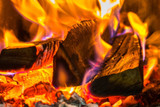Tips for Capping a Chimney: Benefits, and Installation
Why cap a chimney? It’s to stop moisture, downdrafts and pests. This guide has everything you need to know about capping a chimney, including the benefits and installation tips. Let’s get started so you can make an informed decision.
What is Chimney Capping?
Chimney caps are essential for your chimney and home. They are clever covers that stop nature and wildlife getting in your chimney while still allowing ventilation to prevent damp. These clever caps block wind, birds and debris. For redundant / disused chimneys, capping is a must for any homeowner.
Benefits of Capping a Chimney
Imagine a world where the elements do as you command, where the whims of weather and wildlife don’t invade your hearth. This is the promise of a capped chimney. We’ll look at the benefits of a chimney cap for your home, from practical to essential.
Preventing Moisture Ingress
The silent killer of homes is moisture seeping through the uncapped chimney. Left unchecked this damp invader can destroy your walls and ceilings, breeding mould and mildew. A chimney cap creates a waterproof barrier that keeps rain and snow out and protects your chimney structure.
But the effectiveness of this barrier is only as good as the installation. A cap without sealing is like a knight without armour, vulnerable at the seams. Make sure there are no gaps, as dust, insects and water can get in the cap and compromise its protection.
Stopping Downdrafts
The wind can turn a peaceful hearth into a smoky mess in your home. Downdrafts are the sneaky culprits that make the smoke retreat from its intended path and fill your living spaces with unwanted fumes. A chimney cap is a barrier to these gusts so your fire burns efficiently and your air is clear.
Fire Safety
A cap on your chimney does more than enhance the ambiance of your fireside; it’s a guardian against stray sparks and burning embers. As these potential fire starters escape the hearth, a properly installed chimney cap catches them, reducing the risk of a fire outside your home’s walls.
With this design the cap becomes a spark arrestor, which is essential for preventing chimney fires. It’s an unspoken contract between homeowner and cap: you provide the hearth and it will protect your home, so you can enjoy the warmth of your fire without a care.
Keeping Pests Out
When chimneys are left uncapped they become a magnet for nesting birds and scurrying creatures looking for a place to hide. This unintended invitation can lead to blockages as animals build their homes inside your chimney. A chimney cap is a shield that prevents these unwanted guests from setting up home and blocking airflow so your fireplace can breathe.
The mesh of a chimney cap is a work of art, balancing protection with ventilation. It’s fine enough to stop nests and catch embers yet allows smoke and air to pass through. So the cap keeps out pests and protects your home from the unseen dangers they bring.
Types of Chimney Caps
As we get into chimney capping we find there are many options, each for a specific chimney and its needs. Whether you need temporary or permanent protection there’s a cap for you. We’ll look at the different types of chimney caps available.
Metal Chimney Caps
Among the ranks of chimney defenders metal chimney caps are top of the list, with their durability against the elements. Materials such as stainless steel, mild steel and plastic offer lifetime warranties and peace of mind. These chimney caps are suitable for single flue chimneys where mild steel is a cost effective and robust solution.
Metal chimney caps are:
- Built for the long term
- Tough
- Easy to install
- Have built in straps and jubilee clips for a secure fit
- Can withstand the storms and heat of many seasons.
C-Cap Chimney Caps
For chimneys that have been retired from service the C-Cap chimney cap is the perfect choice. It’s designed for disused chimneys, providing ventilation and protection from rain, snow and nesting birds while minimising heat loss. As a reliable chimney cap it keeps your chimney safe and ventilated to prevent damp.
With their insect filters and easy chimney cap installation these caps will keep your unused chimney a silent guardian. The C-Cap’s clamping system means you can go from vulnerable to protected in minutes. The chimney cap installation cost is worth considering when weighing up the benefits of protecting your unused chimney.
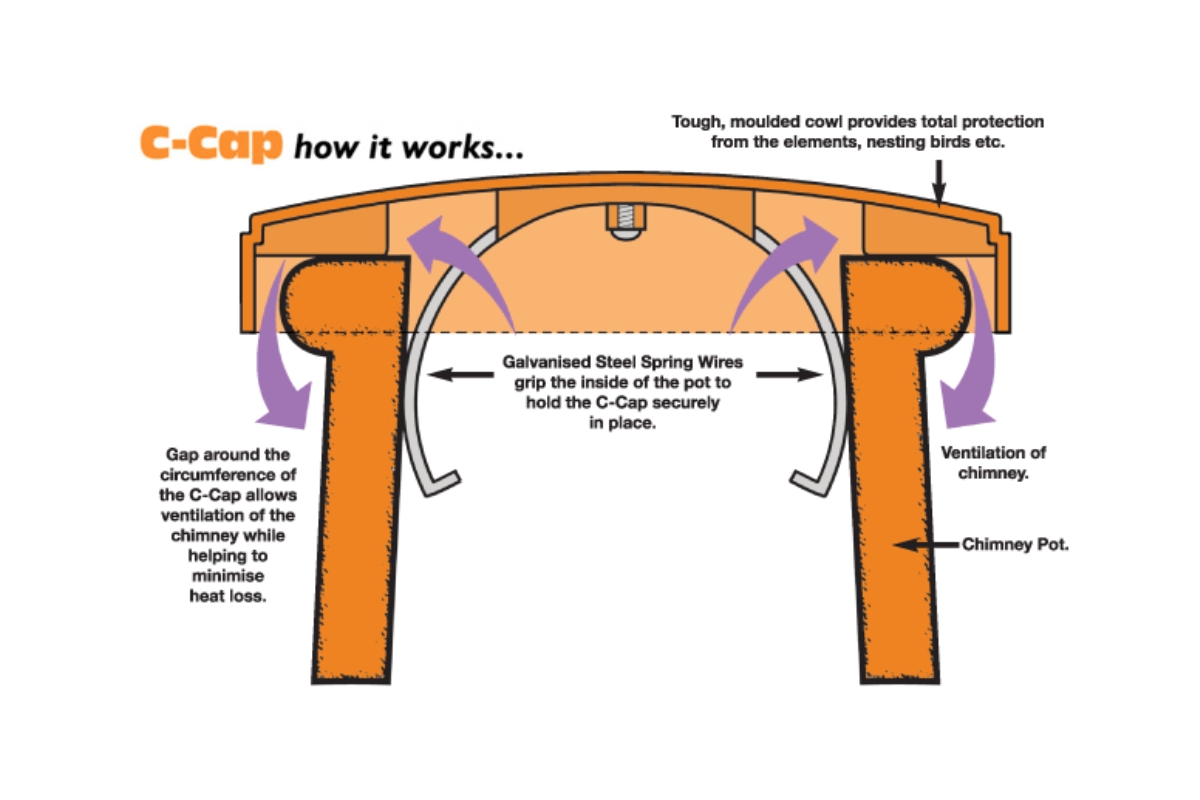
Clay Pepper Pot Caps
The clay pepper pot cap is a classic, matching the architectural style of your home’s exterior. These caps are lovely to look at, blending in with the natural materials of your roof. But beauty is only skin deep; without sealant they can let in rain and are prone to cracking.
While these clay caps are lovely the homeowner must weigh up the aesthetics against the maintenance. But for those who want the classic look the investment in a clay pepper pot cap, often under £50, is a nod to the past that will preserve the character of the home.
How to Choose the Right Chimney Cap
Choosing the right chimney cap may seem overwhelming with so many options available. Don’t worry, the path to the perfect cap is simple, just consider your chimney’s individual characteristics and needs. We’ll look at the key factors to help you find the cap for you.
Measuring Your Chimney
Precision is key to choosing the right chimney cap. Accurate measurements are essential as they determine the cap’s fit and function. For single flue chimneys the external dimensions of your flue are the blueprint for your cap’s size, length, width and height.
If you have multiple flues the total area becomes the focus, measure the combined length and width. The tallest flue will determine the height of the cap. Looking at the chimney pot against the bricks nearby can give you extra clues to the dimensions you need to make sure your cap fits perfectly.
Ventilation Requirements
The breath of your chimney space is just as important as the protection. Proper ventilation means the warm air from your fireside stories can rise unhindered, keeping condensation and moisture at bay. A cap must be chosen with ventilation in mind or you’ll invite the damp in.
Please be aware of the blocked cap, it’s a silent assassin that can stop airflow and invite all sorts of hazards, including the sneaky build up of harmful gases like carbon monoxide. So your cap choice must be a delicate balance, allowing air to flow while keeping the elements out.
DIY vs Professional Installation
Many homeowners are faced with the choice of DIY or professional help. To cap your chimney yourself is to go it alone, to hire a professional is to put your trust in the hands of an expert.
We’ll look at the key considerations to help you make an informed decision for a capped chimney.
DIY Installation Tips
Installing a chimney cap can be a fun weekend project for the brave DIYer but it requires respect for safety and attention to detail. The foundation of your project is to ensure your ladder is stable, and you’re safe as you climb to the top of your roof.
Once up, the cap must be fixed with self-tapping screws or a jubilee strap, at least 6 inches above the flue to ensure clear exhaust. If you have a multi flue chimney a prior cleaning of the crown with a brush will set you up for a successful installation, so no debris will get in the way of the cap.
When to Call a Professional
But the chimney landscape can be complex and confusing for the layperson. In these cases the expertise of a professional installer is worth its weight in gold. If your chimney is an odd shape or your home is old, the cap fitting will require the skilled hand of a master.
And if heights make you go weak at the knees or your chimney is a tower and inaccessible to a standard ladder, it’s wisdom not cowardice to call in a professional. These skilled craftsmen have the right tools, knowledge and sometimes even scaffolding to get your chimney cap installed safely and correctly.
Chimney Cap Maintenance
A homeowner’s job doesn’t stop at installing a chimney cap; it becomes a duty of care. Regular maintenance is the beat that keeps the heart of your chimney pumping strong.
We’ll look at the routines to keep your cap working as intended.
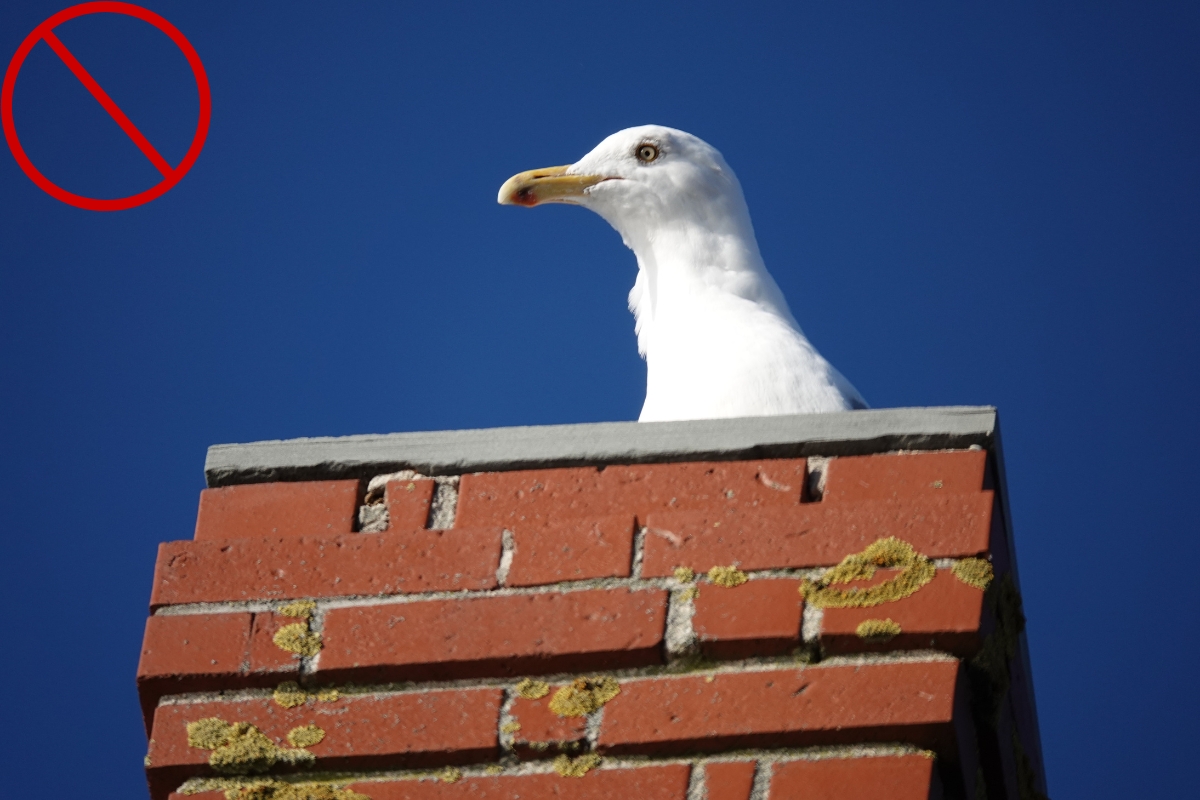
Regular Checks
The homeowner’s eye is key to a chimney cap’s longevity. Regular checks are your first line of defence, they’ll show up any new damage or weaknesses that have developed. These visual checks will pick up on signs of wear, such as gaps in the mortar or loose brickwork that can compromise the cap’s effectiveness.
Be aware of common blockages, such as creosote buildup or storm debris, that can stop the cap working. Sorting these out quickly will ensure the cap is working at its best in the long run.
Cleaning and Repairs
The second maintenance pillar is the cleaning ritual, a necessary evil to keep the cap intact and working. Regular cleanings, especially after severe weather, will prevent debris from building up and the draft problems that can hinder your chimney’s ventilation. A professional chimney sweep’s expertise can help with this task without damaging the cap or chimney.
But even the toughest caps need care. If you have draft issues or water problems it may be that the cap needs repairing or replacing. Sometimes a simple swap of the cap or its fixings is all you need to get your chimney back to normal. Sorting these out quickly will save you from costly structural problems and keep your home safe from the elements.
Common Mistakes to Avoid
Chimney capping is a minefield and careful planning is required to avoid the pitfalls. One mistake is not securing the cap properly, it will blow away in the wind and may damage or get lost. Another is not checking for existing damage before installation, it will not fix the underlying problems and make them worse.
It’s a harsh reality that an incorrectly installed cap or one clogged with debris is a serious risk. The stakes are high, from carbon monoxide building up in your home to the cap itself causing damage if it falls. So make sure the cap is installed correctly and accessible from blockages to protect your home and loved ones.
FAQs
Do I need a chimney cap if my chimney is not in use?
Yes, capping an unused chimney is important to prevent moisture buildup, downdraughts and animal intrusion which can cause damage over time.
Will a chimney cap improve my fireplace efficiency?
Yes, a chimney cap will improve your fireplace efficiency by regulating airflow, reducing heat loss and stopping downdraughts.
How do I measure my chimney for a new cap?
Measure the external dimensions of the flue for a single flue chimney or the combined length and width of all flues and the height of the tallest flue for a multi flue chimney. This will help you determine the correct cap size for your chimney.
Should I install a chimney cap myself or get a professional?
Get a professional to install a chimney cap if you’re inexperienced or have a complicated chimney. Safety and installation are key.
How often should I check my chimney cap?
Check your chimney cap regularly, especially after severe weather, to make sure it’s safe and working. Regular checks are important to keep it running efficiently.
Recent Posts
-
New Wood Burning Stove Regulations for 2025
There’s a lot of confusion in the UK about wood burner regulations and if you can still install a lo …Mar 04, 2025 -
Tips for Capping a Chimney: Benefits, and Installation
Why cap a chimney? It’s to stop moisture, downdrafts and pests. This guide has everything you need t …Jul 02, 2024 -
The New Regulations for Burning Logs In Wood-Burning Stoves
The government has introduced new regulations for customers looking to burn wood in stoves, coming i …May 25, 2021

